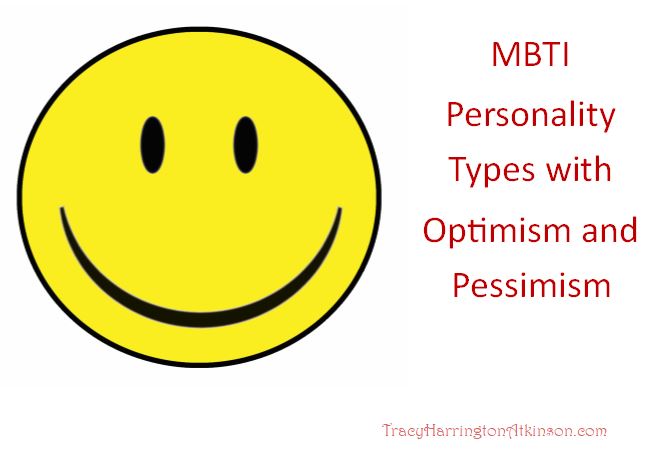 In searching for information on the correlation between MBTI personality type and mental illness, I ran across information on the correlations between MBTI personality types with optimism and pessimism.Isabel Myers believed that the sensing and intuition preferences were most related to pessimistic and the optimistic attitudes.
In searching for information on the correlation between MBTI personality type and mental illness, I ran across information on the correlations between MBTI personality types with optimism and pessimism.Isabel Myers believed that the sensing and intuition preferences were most related to pessimistic and the optimistic attitudes.
Within the sensing type we see that the sensors do not want to change much. It is interesting to note the personality types with the sensing dominant trait find out when intuitions do occur, they to be negative or pessimistic. Therefore they really do tend to put more emphasis on pessimism, especially when their introverted, less-preferred intuition trait steps in.
The intuition personality type tends to be more positive or optimistics. This falls on their outlook toward the future. They dream, look forward to and even anticipate a better future which is built on that optimistic attitude.
The extraversion and introversion preferences are also related to optimism but for different reasons. Extroverts tend to be more home in the world which enables them to deal more with the demands that are placed upon them. Where in contrast, introverts are more likely to feel less comfortable in the outside world and therefore deal with more frustrations. They’re more put out by the demands that are placed upon them by others. Therefore, extraverts tend to lean more toward an optimistic attitude while introverts tend to lean more toward a pessimistic attitude.
There are differences between the sexes. It’s significant that MBTI reported that optimists are more likely to be extroverts for both sexes. Females are most likely to be introverted, intuitive types. While male optimists are most likely to be extraverted, thinking types. Anxious females are more likely to be introverted and intuitive where anxious males were more likely to be a feeling type.
Pessimism is significantly associated with introversion and thinking preferences.
Subscribe to our YouTube Channel by clicking here.
Tracy Atkinson, mother of six, lives in the Midwest with her husband and spirited long-haired miniature dachshunds. She is a teacher, having taught elementary school to higher education, holding degrees in elementary education and a master’s in higher education. Her passion is researching, studying and investigating the attributes related to self-directed learners and learning styles. She has published several titles, including MBTI Learning Styles: A Practical Approach, The Art of Learning Journals, Calais: The Annals of the Hidden, Lemosa: The Annals of the Hidden, Book Two, Rachel’s 8 and Securing Your Tent. She is currently working on a non-fiction text exploring the attributes of self-directed learners: The Five Characteristics of Self-directed Learners.



Comments are closed